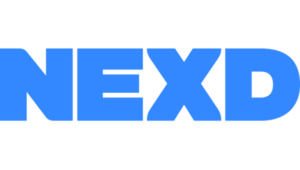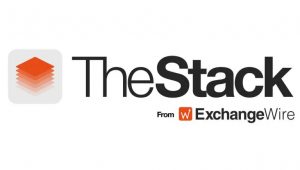Warning: include(partials/pager.php): Failed to open stream: No such file or directory in /app/wp-content/themes/ew-com/index.php on line 97
Warning: include(): Failed opening 'partials/pager.php' for inclusion (include_path='.:/usr/local/lib/php') in /app/wp-content/themes/ew-com/index.php on line 97















Follow ExchangeWire